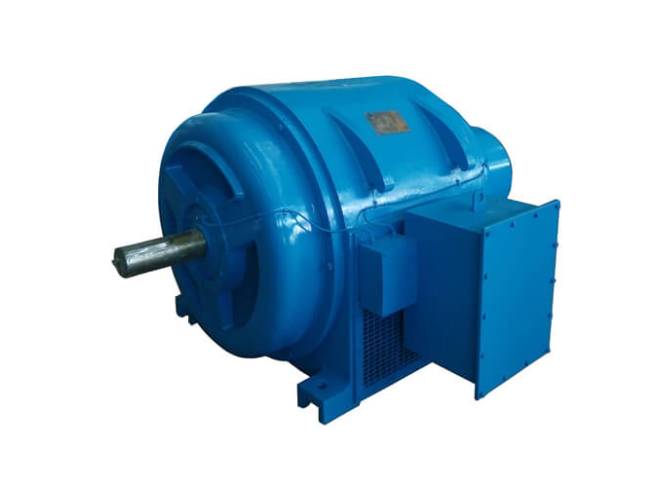AC motors can be divided into two main categories-synchronous motors and asynchronous motors. Asynchronous motors are often referred to as Induction Motors. Both these types of motors are very different from each other. The following synchronous motor suppliers will discuss the main differences between synchronous motors and induction motors.
Synchronous motors: The stator has axial slots and consists of stator windings for winding a specific number of poles. Generally, a rotor with protruding poles is used on which the rotor windings are mounted. The rotor windings receive DC power with the help of slip rings. Rotors with permanent magnets can also be used.
Induction motors: The stator winding is similar to the winding of a Synchronous Motor, which is wound for a specific number of poles. Either a squirrel-cage rotor or a wire-wound rotor can be used. In a squirrel-cage rotor, the rotor poles are permanently shorted to the end rings. In a wound rotor, the windings are also permanently shorted to the slip rings and therefore no slip rings are required.
Synchronous motors: When powered by a three-phase power supply, the stator poles rotate at synchronous speed. The rotor is supplied by DC power. During start-up, the rotor needs to rotate at a speed close to the synchronous speed. If this is done, the rotor poles are coupled to the rotating stator poles, which causes the rotor to start rotating at synchronous speed.

Induction Motors
Induction motors: When the stator receives two- or three-phase AC power, a rotating magnetic field is generated. The relative velocity between the rotating magnetic field of the stator and the rotor will result in an induced current in the rotor conductor. The rotor current generates the rotor flux. According to Lenz's law, this induced current is oriented in such a way that it will tend to oppose the cause of its generation, namely the relative velocity between the rotating magnetic field of the stator and the rotor. Therefore, the rotor will try to catch up with the RMF and reduce the relative speed.
Synchronous motors require an additional DC power supply to energize the rotor windings. Induction motors do not require any additional power source.
Synchronous motors require slip rings and brushes, while induction motors do not.
Synchronous motors require an additional starting mechanism to initially rotate the rotor to near-synchronous speeds. A starting mechanism is not required in induction motors.
The power factor of a synchronous motor can be adjusted to lag, unity or lead by changing the excitation, while an induction motor always runs at a lagging power factor.
Synchronous motors are usually more efficient than induction motors.
Synchronous motors are more costly.
We also provide Explosion-Proof Motors, please feel free to contact us if you need
Copyright © ZCL Electric Motor Technology Co., Ltd. All Rights Reserved | Sitemap | Powered by 